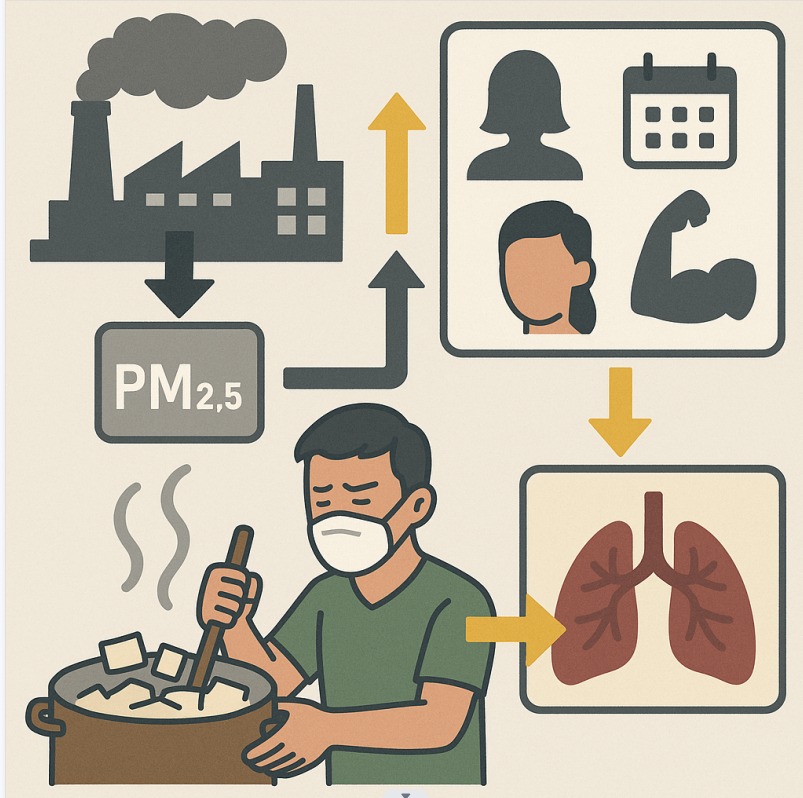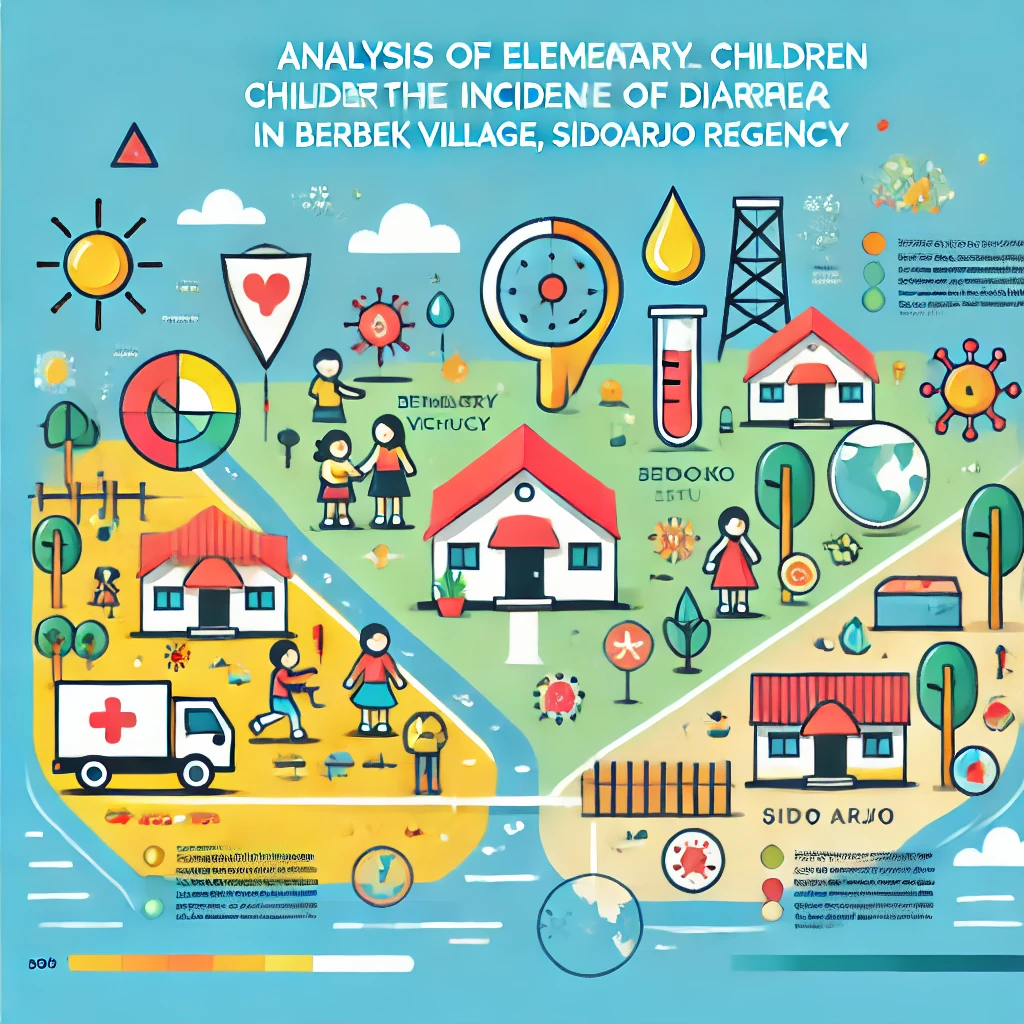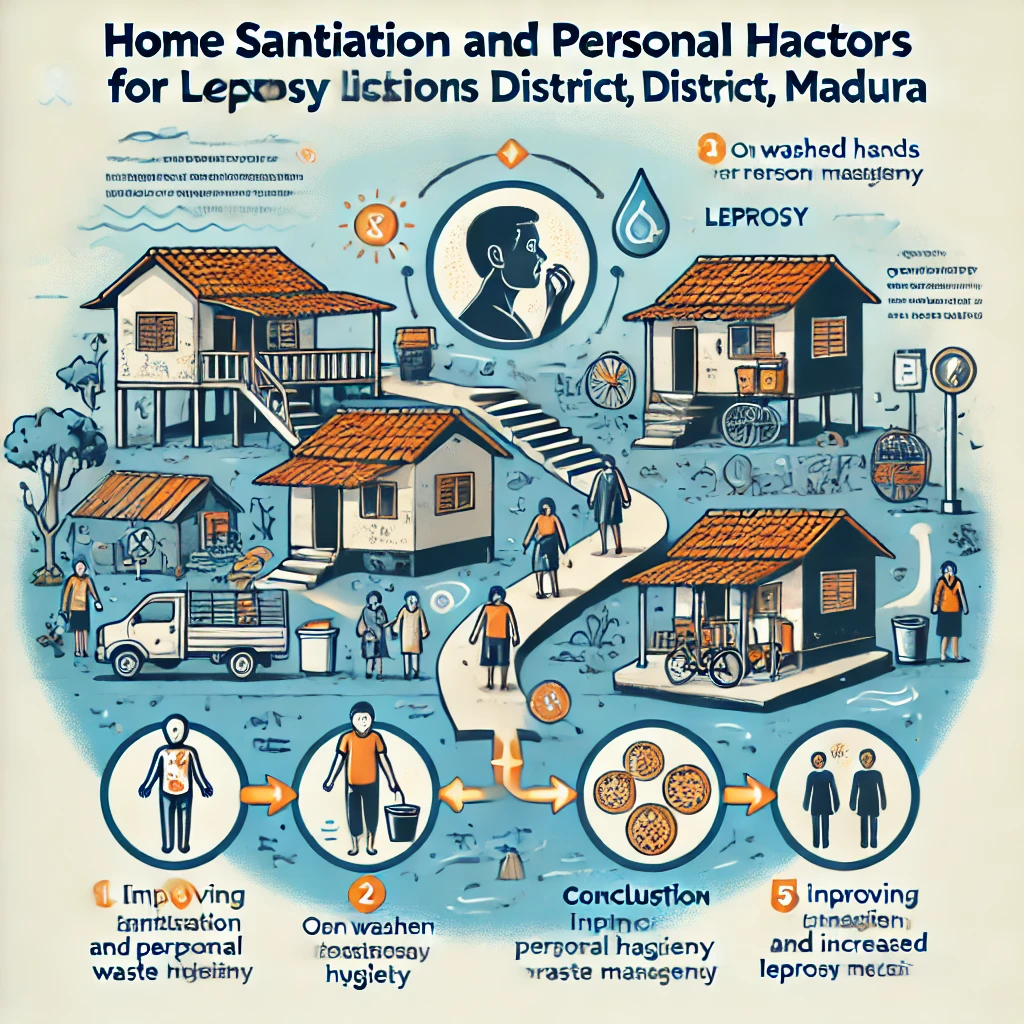Environmental Health Risk Assessment of Particulate Matter (PM2.5) and Worker Characteristics on Lung Function of Tropodo Tofu Factory Workers in Sidoarjo

Downloads
In conclusion, workers at the Tropodo tofu factory are exposed to high levels of PM2.5, which may contribute to decreased lung function, particularly among older workers. Continuous air quality monitoring and engineering control measures are recommended to reduce occupational exposure and protect worker health.The tofu industry is a sector that potentially generates fine particulate matter (PM2.5) pollution, which can reduce workers’ lung function. Exposure to PM2.5 in the workplace is a significant issue due to its direct impact on respiratory health. This study aims to analyze the risk of PM2.5 exposure and worker characteristics on lung function at the Tropodo Tofu Factory, Sidoarjo. This research used an analytical observational design with a cross-sectional approach involving 20 workers selected based on inclusion criteria. PM2.5 concentrations were measured using a Dust Particle Counter TC-8200 PM2.5, while lung function was tested using spirometry and questionnaires on smoking habits and age. Data were analyzed using univariate and correlation analyses. The results showed an average PM2.5 concentration of 288 µg/m³, exceeding the national ambient air quality standard (55 µg/m³). The mean FEV1 value indicated a moderate decline in lung function. A significant correlation was found between PM2.5 exposure and workers’ age with lung function. In conclusion, PM2.5 exposure in tofu production environments poses health risks to workers’ respiratory function. It is recommended that the factory increase the use of personal protective equipment and adopt cleaner combustion technologies to reduce PM2.5 emissions.
Copyright (c) 2025 Rezki Amalia Santoso, Pratiwi Hermiyanti, Sri Anggraeni, Rachmaniyah, Anggya Rahayu Edi

This work is licensed under a Creative Commons Attribution 4.0 International License.




















